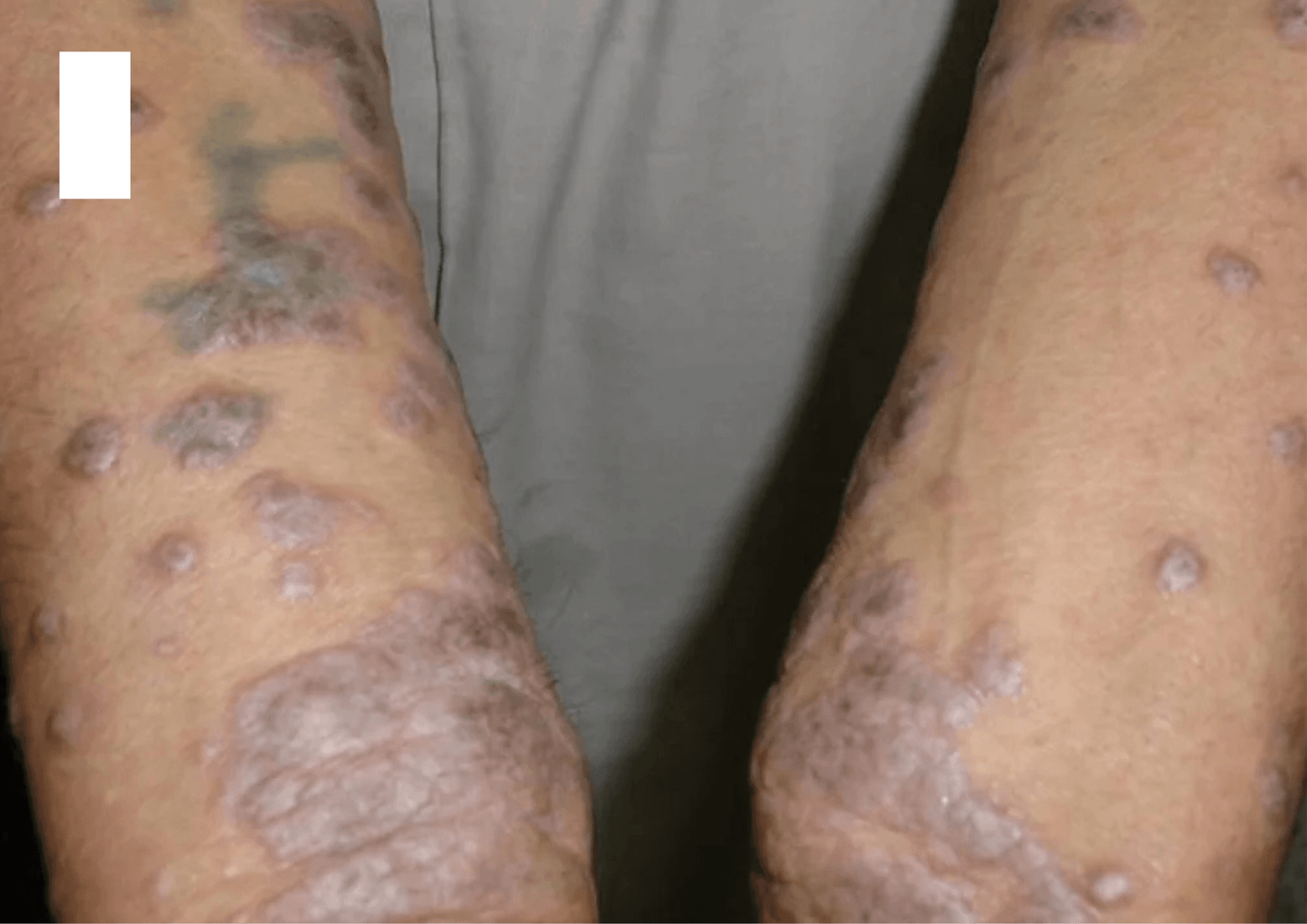
Understanding Amenorrhea in Ayurveda: Insights and Natural Remedies
Amenorrhea, or the absence of menstruation, is a condition that affects many women at different stages of their lives. It can be primary (when a woman does not menstruate until the age of 16) or secondary (when a woman stops menstruating after a normal period). In Ayurveda, the ancient Indian natural healing practice, amenorrhea is seen as a sign of imbalance in the body’s energies (Vata, Pitta, and Kapha) and other internal systems. Ayurvedic treatment focuses on restoring balance through a holistic approach, addressing the root cause of the distress.
Ayurvedic Understanding of Amenorrhea In Ayurveda
Menstrual health is primarily dependent on the balance of three energies: Vata (air and space), Pitta (fire and water), and Kapha (earth and water). Each of these energies plays a vital role in regulating the body’s systems, including reproductive health.
- Vata Dosha: Vata controls movement and flow in the body, including blood circulation and nervous system function. When Vata is unbalanced, it disrupts the smooth flow of menstrual blood, which can lead to irregular or poor menstruation.
- Pitta Dosha: Pitta controls transformation and metabolism. If increased, it can cause heavy or very painful menstruation. However, in some cases, a Pitta imbalance can also lead to delayed menstruation due to hormonal imbalances.
- Kapha Dosha: Kapha is responsible for the structure and stability of the body. Excess Kapha can cause weight gain, slow digestion, and water retention, which can interfere with a normal menstrual cycle. When any of these energies become unbalanced, it can cause physical, mental, and emotional disorders, which can affect the menstrual cycle.
Possible Causes of Amenorrhea in Ayurveda
Ayurveda identifies several possible causes of amenorrhea, all of which are based on dosha imbalances and other factors:
- Vata imbalance: Chronic stress, excessive physical activity, extreme diets, or trauma can increase Vata, leading to irregular menstrual patterns.
- Pitta imbalance: Excessive heat (physical and emotional), excessive anger, and high stress levels can increase Pitta, leading to conditions like amenorrhea.
- Kapha imbalance: Overeating, a sedentary lifestyle, and a slow metabolism can increase Kapha, leading to hormonal imbalances and amenorrhea. Other factors, such as hormonal imbalances, thyroid problems, nutritional deficiencies, and lifestyle factors may also play a role in the development of amenorrhea.
Ayurvedic Remedies for Amenorrhea
Ayurvedic treatments aim to address the root causes of amenorrhea by balancing the doshas, improving overall health, and restoring the natural flow of menstrual cycles. Here are some effective Ayurvedic remedies:
1. Herbal Remedies:
- Shatavari (Asparagus officinalis):
Shatavari is known as a powerful adaptogen that supports the female reproductive system by promoting hormonal balance and regular menstruation.
- Ashoka (Saraca asoca):
This herb is highly recommended for treating menstrual cramps and regulating the menstrual cycle. It helps balance pitta and improves uterine health.
- Amla (Indian gooseberry):
Indian gooseberry is a rich source of vitamin C that helps balance all three doshas, supports hormonal health, and strengthens the immune system.
- Turmeric:
Turmeric has anti-inflammatory properties that can help balance doshas and regulate the menstrual cycle.
2. Diet and Lifestyle Adjustments:
A balanced, nutritious diet and warm, cooked foods help balance the Vata and Kapha doshas. Avoid cold, dry, and raw foods, which can increase Vata imbalance.
- Include plenty of fresh fruits, vegetables, whole grains, and healthy fats in your diet.
- Add warming spices like ginger, cinnamon, and cumin to improve digestion and stimulate menstruation.
- Practicing gentle yoga and meditation can help reduce stress, balance doshas, and support overall reproductive health.
3. Panchakarma Therapy:
Ayurvedic detoxification therapy, called Panchakarma, is designed to cleanse the body of accumulated toxins (Ama) and restore dosha balance. Specialized therapies such as basti (medicated enema), abhyanga (oil massage), and shirodhara (oil poured on the forehead) can help promote hormonal balance and improve reproductive health.Pranayama (Breathing Exercises): Pranayama helps to calm the mind, reduce stress, and balance Vata. Techniques like Nadi Shodhana (alternate nostril breathing) and Ujjayi (victorious breath) can help regulate the menstrual cycle by calming the nervous system and restoring hormonal equilibrium.
4.Lifestyle Practices:
- Regular Sleep Patterns: Adequate sleep is crucial for balancing the doshas and maintaining hormonal health.
- Exercise: Gentle exercises like walking, yoga, and swimming can help balance Vata and Kapha, while reducing stress and improving circulation.
- Stress Management: Ayurveda emphasizes the importance of emotional well-being. Practices such as meditation, mindfulness, and self-care can help reduce stress levels, which in turn can regulate the menstrual cycle.
Get more information click here.
If you are 100% ayurvedic medicine. click here



